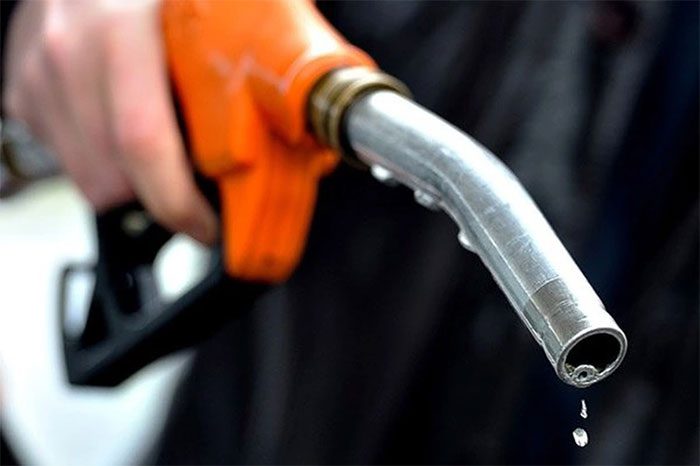In many countries around the world, it is quite common for fuel prices to rise during the summer months and drop lower in the winter.
Why are gasoline and oil affected by climate and weather?
During the summer, air pollution becomes a persistent concern in almost every country globally, primarily due to increased levels of smog and ozone, which harm human health and the entire biosphere.
According to the U.S. Environmental Protection Agency (EPA), the hot air of summer tends to promote the formation of ozone, while the presence of an inversion layer (a layer of stagnant air) can contribute to trapping pollutants in the lower atmosphere, leading to pollution.
To mitigate this, fuels such as gasoline and oil produced in the summer typically have a different Reid Vapor Pressure (RVP) compared to those produced in winter.

Typically, the RVP standard for fuels includes a component containing about 10% butane, with an average RVP value of 52 psi. In the summer, fuels may still use butane but at a lower ratio—only about 2%.
In place of the reduced butane, summer-grade gasoline will contain fuel additives known as “oxygenates”, which help burn cleaner and are very useful in reducing smog pollution during the summer. However, this means that the cost of fuels, in general, is higher compared to winter.
Additionally, another important reason is that when the weather begins to warm up, oil companies will temporarily shut down some of their refineries for necessary scheduled maintenance. This can lead to disruptions in the supply chain, resulting in increased costs in the distribution of gasoline and oil.
Moreover, the hot weather of summer also leads to more people driving cars on the roads, causing an imbalance between supply and demand, which has increased fuel consumption somewhat higher than in other seasons of the year.


















































